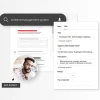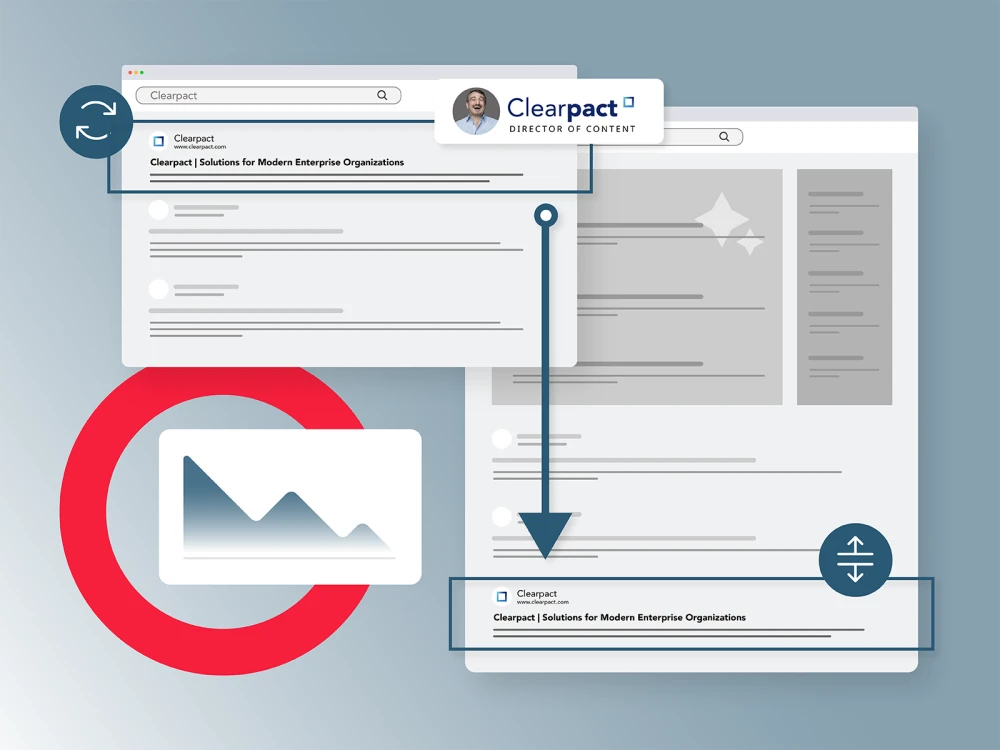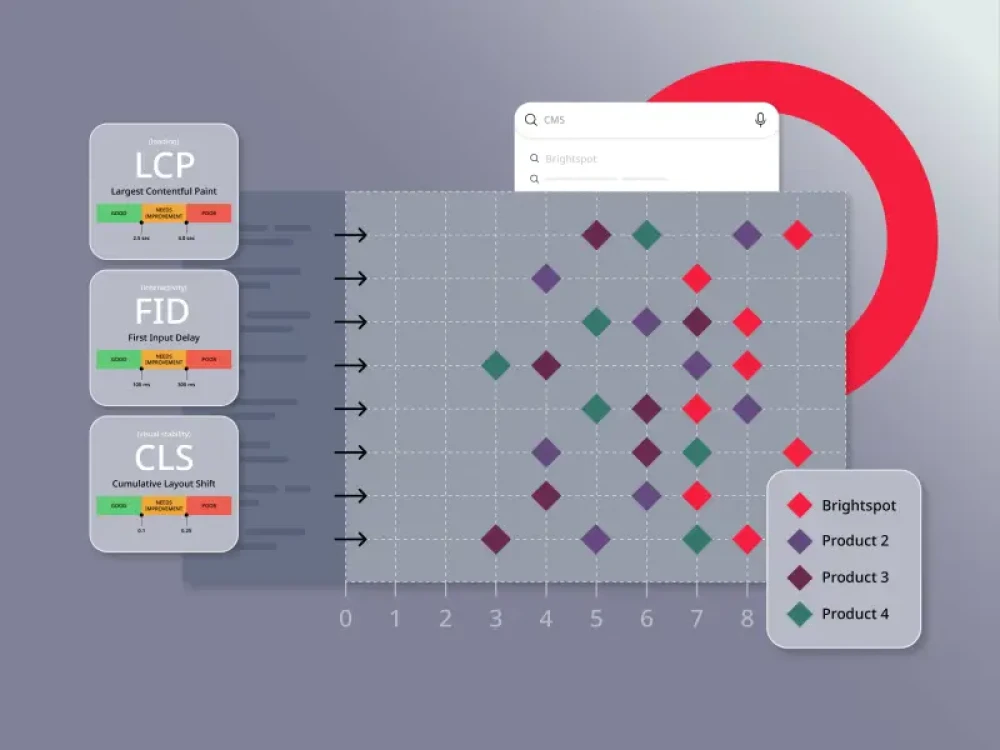There’s a familiar tension that plays out during almost every website redesign. The visual refresh is long overdue. The UX needs work. Stakeholders are hungry for modern functionality and speed. But somewhere between wireframes and go-live, SEO gets sidelined — and that’s where trouble starts.
Traffic losses after a redesign aren’t inevitable but they are common. The good news? With the right planning, they’re also completely preventable.
This guide is for digital marketing and editorial teams who want to redesign with confidence — protecting the SEO equity they’ve built and positioning their site for stronger performance post-launch.
Why SEO shouldn’t be an afterthought
Too many teams treat SEO as a checklist item at the end of the project. But by then, critical decisions — site structure, page templates and navigation — are already baked in.
If you wait until QA to think about search performance, you’re already playing catch-up.
SEO needs a seat at the table from day one. That means involving search stakeholders during strategy, IA and content planning — not just when it’s time to write metadata. Why? Because search engines remain your most reliable and cost-effective source of traffic. Protecting that channel should be a top priority.
What’s at risk during a redesign
A redesign can break more than just a few links. Here’s what’s often on the line:
- Loss of indexed pages and backlinks
- Broken internal links and redirect chains
- Shifts in URL structure or page hierarchy
- Design changes that harm accessibility or page load speed
That kind of hit isn’t just a marketing problem. It affects conversions, revenue and editorial reach.
How to plan an SEO-safe redesign
The most successful redesigns start with SEO at the core. Here’s how to do it:
- Bring SEO in early: Stakeholders should be involved from project kickoff, not post-design.
- Audit your current site: Identify top-ranking pages, backlink sources and high-traffic queries.
- Inventory your content and URLs: Know what’s staying, going, merging or redirecting. Use this data to shape your new IA and page templates.
- Use insights to guide strategy: Don’t just design for aesthetics. Design for search and discoverability.
Editorial and content considerations
Redesigning doesn’t mean starting from scratch.
- Refresh top-performing content — don’t delete it
- Keep on-page SEO elements strong: H1s, meta descriptions, structured data and image alt text
- Stay focused on user intent Design and content must align with what users are actually searching for — not just what looks good on a mood board.
A big value we see from Brightspot is with search engine optimization. On average we are seeing site health improve by over 40% when launching new courses. The resulting growth in organic search rankings is testament to the site structure on the back end — it’s just a really good mousetrap when it comes to people seeking information on golf courses near them.
Post-launch and technical safeguards
Even with great planning, launch is just the beginning. Post-launch steps are critical to preserving your rankings:
- Implement a strong redirect strategy (301s, canonical tags and updated sitemaps)
- Monitor Google Search Console for crawl errors and indexing issues
- Test for mobile usability and Core Web Vitals
- Track performance closely and prepare a rollback plan if major issues arise
The Brightspot edge
At Brightspot, we’ve helped enterprise customers manage redesigns without sacrificing SEO. Our platform is built with search performance in mind:
- Structured content for better indexing and discoverability
- Built-in SEO fields and metadata management
- Version control and rollback capabilities
- Modular content tools that support reuse without duplication
With Brightspot, SEO isn’t a bolt-on — it’s built in.
I’ve done site migrations several times over the years, and the thing that you always worry about — whether you’re a large enterprise or a small publisher — is that you’ve put in a lot of previous work to create an SEO footprint. I didn’t want to mess anything up on the SEO footprint side, and with the Brightspot replatforming what we saw was not only no loss, but a very welcome 40% improvement.
Redesign without regret
You don’t have to choose between a beautiful redesign and strong search performance. In fact, when done right, a redesign can be your opportunity to fix long-standing SEO issues and emerge stronger than before.
The key is leadership. Marketing and editorial teams must advocate for SEO early and often — before any pixels get pushed. With the right strategy and the right platform, you can future-proof your site for both user experience and search success.
Planning for the impact of AI on search
A website redesign is no longer just about mobile performance or Core Web Vitals — it’s also about preparing for how search is changing in the age of AI.
Search engine results are evolving. Generative AI features like Google’s Search Generative Experience (SGE) and Bing Copilot are reshaping how users discover and consume content. Traditional blue links are being replaced — or displaced — by AI-generated summaries, answers and contextual links. For brands, that means search visibility is no longer just about where you rank, but how and if your content is surfaced by AI.
Here’s what to consider during your redesign:
- Prioritize clarity and structure: AI models rely on well-structured content and metadata to interpret and summarize accurately. Structured content (like Brightspot enables) increases your chances of being referenced or quoted by AI results.
- Answer-focused content wins: Pages that provide direct, authoritative answers to common queries are more likely to show up in AI-generated responses. Think FAQ blocks, featured snippets and concise summaries at the top of key pages.
- Schema markup matters more than ever: Rich structured data helps AI and search engines categorize your content correctly. Schema for articles, products, how-tos and FAQs should be part of your content design templates.
- Voice and tone consistency supports trust: AI systems prioritize sources that are consistent, clear and trustworthy. That starts with a content strategy aligned to brand voice and purpose.
This shift doesn’t mean SEO is dead — it means SEO is expanding. And a forward-looking redesign should reflect that.









